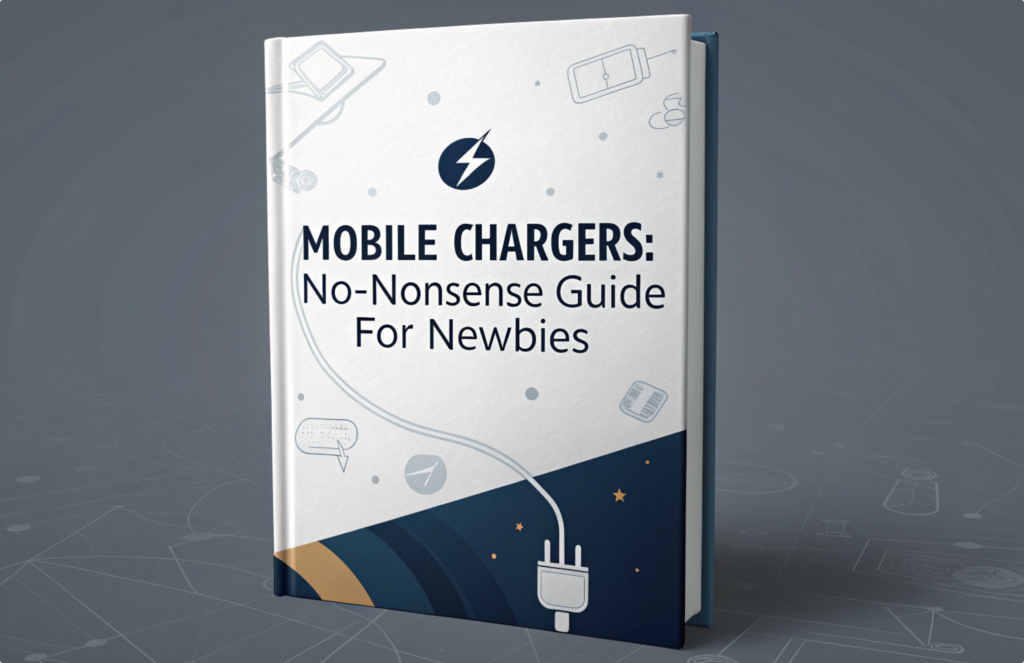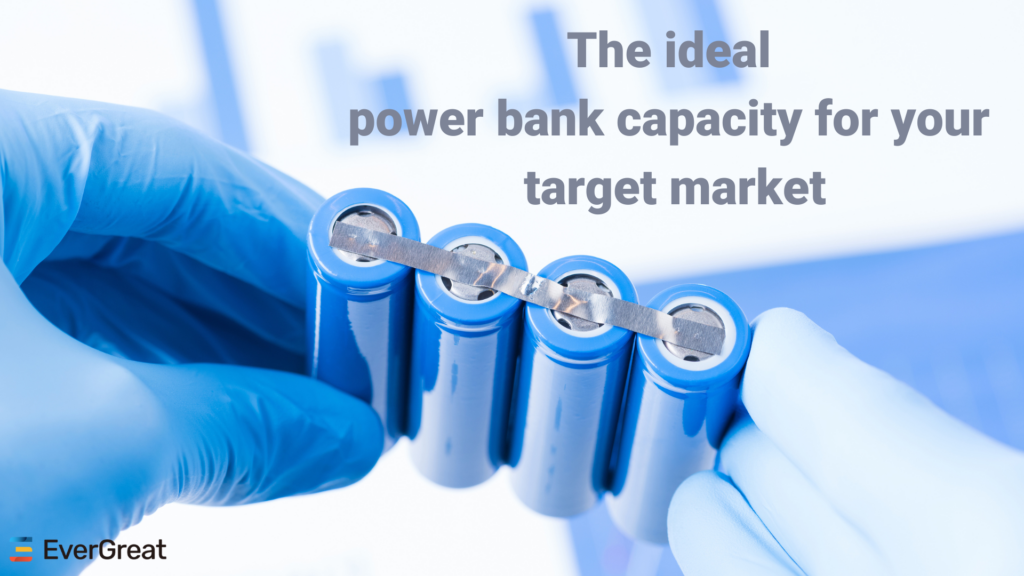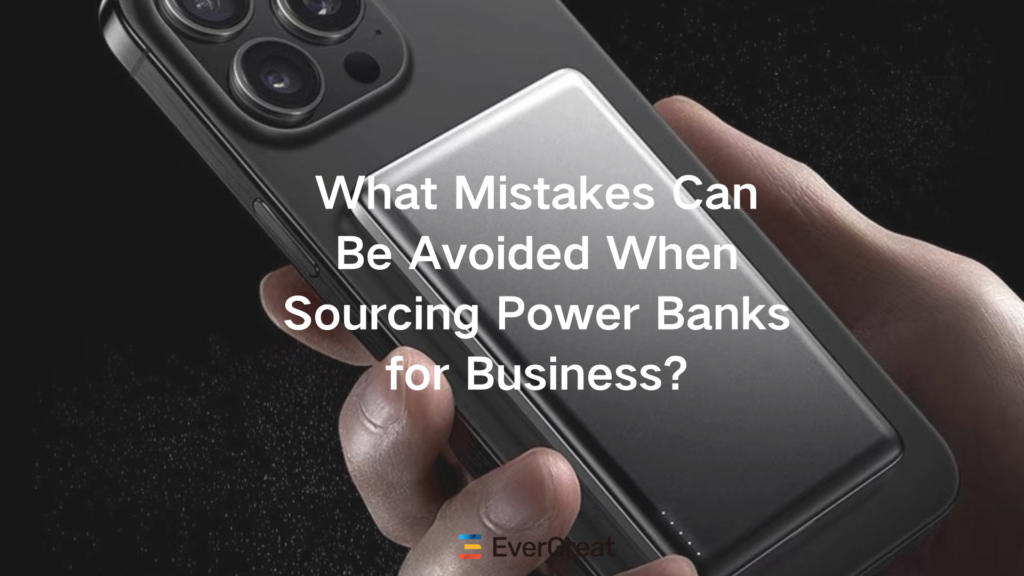Worried about your power bank failing or, worse, becoming a hazard? Many cheap power banks cut corners, putting your devices and even your safety at risk. I’m here to tell you what truly safe, long-lasting power banks have inside.
A power bank is safe for long-term use when it has robust multi-layer circuit protection, uses only top-tier A-grade battery cells, and features effective heat dissipation with a durable casing. Proper user habits also extend its lifespan and safety.
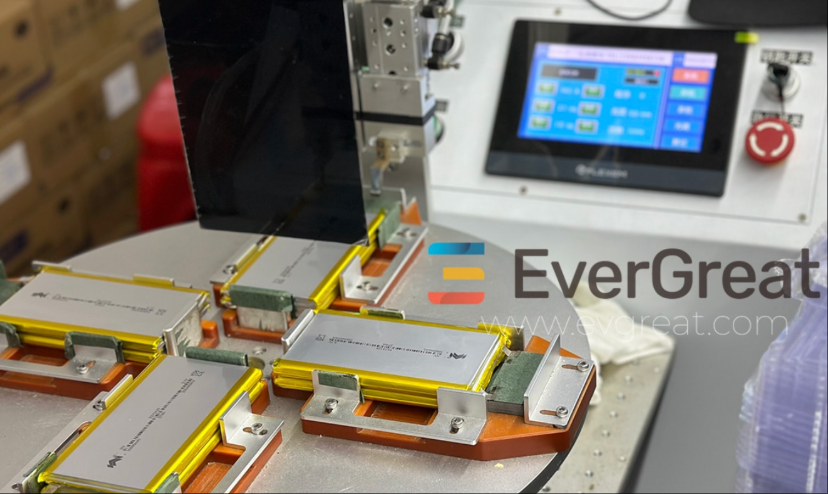
When I first started in this industry, I quickly learned that not all power banks are created equal. It’s not just about how many times it can charge your phone; it’s about the hidden engineering that keeps you and your devices safe. Let me explain the critical features to look for.
How do IC chips protect against overcharge and short circuit?
Ever wonder what stops your power bank from blowing up? Your phone charger likely has something similar. Without smart safeguards, charging could become very dangerous. I want to show you the brain behind power bank safety.
Integrated Circuit (IC) chips are the "brains" of a power bank, providing multi-layer protection against critical faults. They actively prevent overcharging, over-discharging, short circuits, over-current, and over-voltage, keeping both the power bank and your connected devices safe.
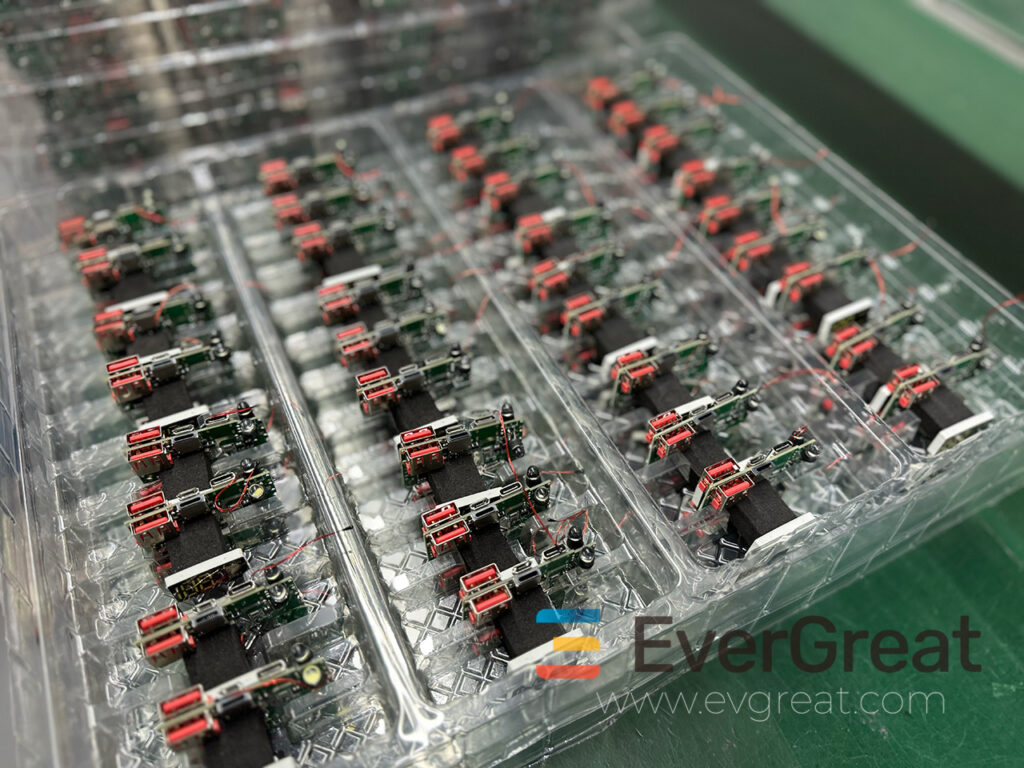
When I look at the internal design of a good power bank, the IC chips are always the star. They sit on a multi-layer PCB, which is like a complex roadmap for electricity. These chips have specific jobs. For example, Over-Current Protection (OCP) stops too much current from flowing, safeguarding the power bank and connected devices from damage caused by short circuits or overloads. Over-Voltage Protection (OVP) guards against sudden spikes in voltage, ensuring stable power delivery and preventing component failure. Short Circuit Protection (SCP) is crucial. If wires touch that shouldn’t, SCP instantly cuts the power. This prevents overheating or even fire. Over-Temperature Protection (OTP) monitors the power bank’s heat. If it gets too hot, the chip steps in to shut things down. This smart system is not just about stopping problems; it is about predicting and preventing them. Without these critical little chips, I know the power bank would be a ticking time bomb. This is why I always check for a robust protection circuit.
Understanding Key Protection Features
| Protection Type | What it Does | Why it Matters |
|---|---|---|
| OCP | Prevents excessive current flow. | Protects connected devices and the power bank from damage. |
| OVP | Guards against voltage spikes. | Ensures stable power delivery and prevents component failure. |
| SCP | Instantly cuts power during a short circuit. | Crucial for preventing overheating, fire, and catastrophic failure. |
| OTP | Monitors and limits internal temperature. | Avoids thermal runaway and ensures safe operation. |
| ODP/UVP | Prevents over-discharging/under-voltage. | Extends battery cell lifespan and maintains performance. |
What is temperature control during charging?
Does your power bank get hot when it charges? Feeling the heat can be a warning sign. Bad temperature control can lead to serious risks. I want to explain why keeping things cool is so important.
Temperature control during charging manages heat buildup within the power bank, preventing overheating that can damage battery cells and pose safety risks. Effective heat dissipation, often through well-designed internal structures and robust casings, is key for safety and longevity.
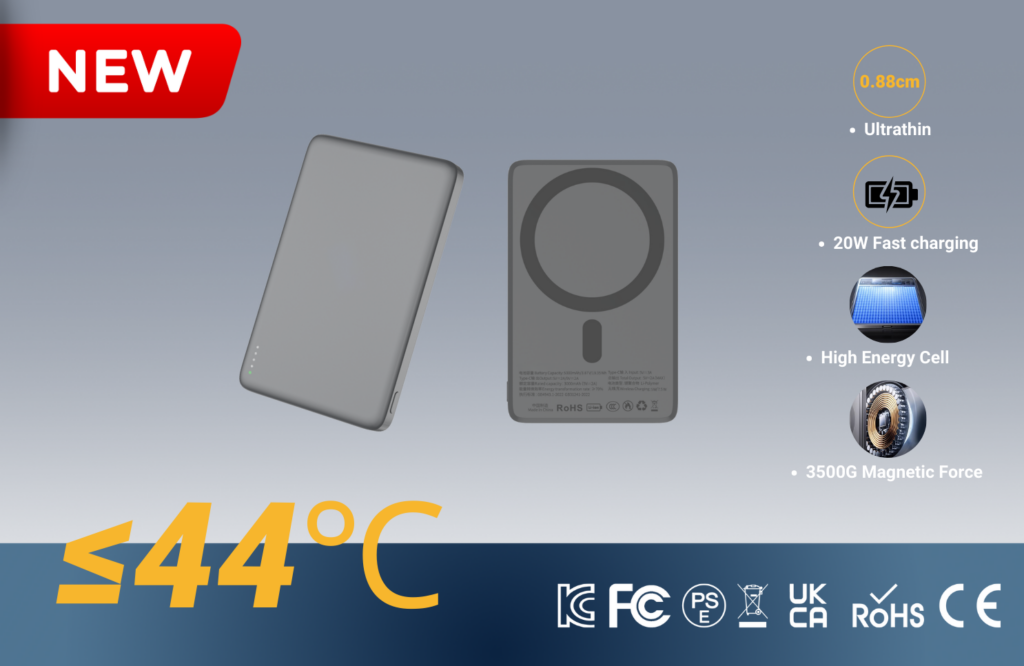
I’ve seen firsthand how crucial good temperature control is. When a power bank charges or discharges, it generates heat. If this heat builds up too much, it can severely shorten the life of the battery cells. In the worst cases, uncontrolled heat can lead to thermal runaway, which is extremely dangerous. Thermal runaway is a chain reaction within a battery cell that is difficult to stop once started. It occurs when the temperature inside a battery reaches a point that causes a chemical reaction, producing more heat and driving the temperature higher. I always look for designs with effective heat dissipation. This means not just good internal component layout but also a casing that helps release heat. Impact-resistant casings are also important for physical protection. But, they must also allow for some heat exchange. Sealing is critical to protect internals from dust and moisture. Still, it must not trap all the heat. A well-designed power bank strikes a balance. I’ve been told by our engineers that a multi-layer PCB also helps here. It allows for better spacing of components. This helps air circulation and heat spreading. Ultimately, good temperature control means the power bank stays within safe operating limits. This makes it reliable for years. Ideally, power banks should be stored in a cool, dry place, away from heat sources and direct sunlight, and lithium-ion batteries have an ideal storage temperature between 40-70 degrees Fahrenheit (5-20 degrees Celsius).
How Heat Affects Power Bank Performance
| Temperature Issue | Impact on Battery Cells | Safety Risk |
|---|---|---|
| Overheating | Accelerated degradation, reduced capacity, swelling | Thermal runaway, fire, explosion |
| Rapid Cycling | Decreased efficiency, shortened lifespan | None directly, but leads to early product failure |
| Cold Temperatures | Reduced power output, slower charging | Temporary performance drop, no direct safety risk |
How do importers test battery cycle life?
Do you wonder if your power bank will last? How do brands know their batteries won’t die quickly? Not all companies test their products well. I want to share how serious importers make sure batteries truly last.
Importers test battery cycle life by repeatedly charging and discharging power banks under controlled conditions to simulate real-world use. They focus on maintaining capacity above a certain percentage (e.g., 80%) after hundreds of cycles, often relying on tier-1 A-grade cells.

When I work with our manufacturing partners, testing battery cycle life is a big deal. We do not just take a manufacturer’s word for it. Our testing involves setting up specialized equipment that charges and discharges power banks repeatedly. We might set a power bank to fully charge. Then, we fully discharge it. Then, we charge it again. This happens hundreds of times. The goal is to see how much capacity the battery retains after, say, 300 or 500 cycles. A good power bank should still hold at least 80% of its original capacity after many cycles. For our products, I insist on only using tier-1 brand-new A-grade cells from reputable suppliers like ATL or EVE. These cells come with their own quality assurances and testing data. I have zero tolerance for B-grade or recycled cells. Using sub-standard cells drastically reduces cycle life. This can introduce safety risks. Recycled cells, especially, are a gamble. They might have hidden damage or significantly reduced capacity. Our testing verifies that even with constant use, the power bank will perform reliably for a long time. It gives me confidence in the products I provide. Our testing adheres to industry standards such as IEC 62660-1, which outlines the testing procedure in detail and the testing requirements for lithium-ion battery cells.
Why Cell Quality Matters for Longevity
| Cell Grade | Characteristics | Impact on Cycle Life & Safety |
|---|---|---|
| A-Grade | Brand-new, top-tier manufacturers (ATL, EVE), consistent. | Excellent cycle life, reliable performance, high safety. |
| B-Grade | Slight defects, minor cosmetic issues, inconsistent. | Reduced cycle life, potential for early failure, variable safety. |
| Recycled | Used, unknown history, often repaired. | Very poor cycle life, high safety risk (swelling, fire). |
Conclusion
Ultimately, a safe power bank needs smart internal protection, excellent temperature control, and proven, high-quality battery cells. Following good user habits also extends its life and keeps you safe. It’s recommended to keep the power bank charged between 20% and 80% to prevent overcharging or deep discharging, which can reduce its lifespan. Once fully charged, unplug the power bank to prevent overcharging, which can lead to overheating and battery damage. Using uncertified or damaged charging cables can cause electrical resistance that raises temperatures further. Avoid using the power bank while it’s charging to prevent overheating and potential damage.


